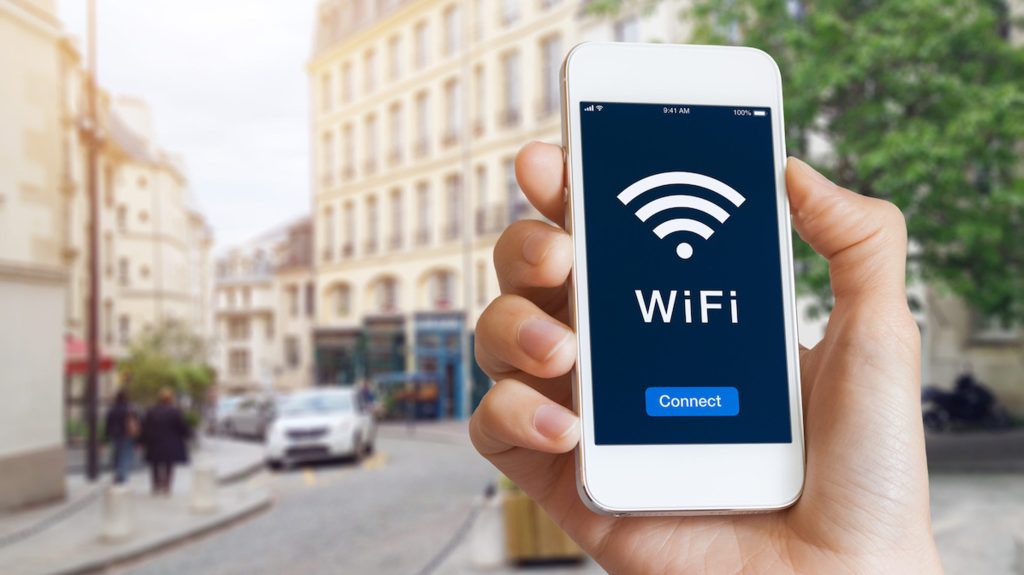What can you do if you’re worried that someone may be using your wifi network without your permission?You could try asking them, but they might lie. A better solution is to find out the truth by checking the actual wifi activity on your router’s web interface. Here’s how to do it.

Best Way To See Who Is Connected To Your wifi
Using your wifi, you can see a list of devices connected to it and their IP addresses. You can also see other stats such as bandwidth used, upload speed, and more. Because security is important in our digital age, you may want to know what devices are on your network to secure them. Your router hosts your wifi network.So it has all of these details at its fingertips.
Use these steps to access that information on an Android device. Open up your wifi settings and tap Network Connections. Scroll down until you see your main home wifi connection listed. Tap on it. Under Connection info, tap IP Settings.
Find DHCP Client List under LAN Settings DHCP Server section below DHCP Lease Information. After opening DHCP Client List, you’ll see a few columns with names like Ethernet MAC Address or WAN MAC. Address: Clients or Clients Names under IPv4 Protocol Version 4 (TCP/IPv4). Tap one of them to view who’s currently connected to your wifi.
How To See Who Is Connected To Your wifi on iOS
It isn’t easy, but you can use a few tools. If you’re using an iPhone or iPad, you can check who’s connected to your wifi by going into Settings -> General -> About -> wifi Address. This will show you a list of devices that have connected to your router recently. But it will only display their connection status (Connected or Not Connected). To see which devices are using up bandwidth on your network, you’ll need another app.
We’ve tried quite a few for iOS, and our favorite at Lifehacker HQ has been NetMeter. NetMeter shows not just active connections but how much data each device has consumed. And it displays it as close to real-time as possible. It also supports password-protected routers and works over 3G/4G networks.So you can always monitor your network no matter where you are.
The same developer also offers NetMetrics Lite, which provides basic statistics about your home network. Including how much data is transferred over wifi versus Ethernet connections. Both apps require jailbreaking if you want them on an iPhone or iPad without a carrier contract. But they work fine with an iPod touch without jailbreaking. For Android users looking for similar functionality. There’s wifi Analyzer, which supports password-protected routers and displays individual user statistics.
Consult Your Router Settings
The best way to find out if someone is using your wifi without permission will be to check your router’s web interface. Your router hosts your wifi network.So it has the most accurate data about which devices are connected to it. Look for a device list on one of its pages.
It should look something like SSID (name) connected users. Choose that device, and you should see details about its owner. Including an approximate location and Internet Service Provider (ISP). If that person doesn’t have any private information listed in their account. They may just be hanging around your area or even visiting from another town. Sure, there are other ways to hunt down a hacker on your wifi. Setting up IDS systems, Blocklisting MAC addresses, etc.
But why go through all that trouble when there’s usually a pretty easy answer right in front of you. Just log into your router’s control panel and take a quick peek at who’s logged in right now. You’ll probably recognize their name or face or at least know what kind of computer they’re using. After all, they were smart enough to break into your wifi! Tag them with whatever nickname suits them best.
Beef Up Your Network Security
If you’re worried about someone using your wifi without permission, there are a few things you can do to beef up your network security. First, change your wifi password. After changing your Wifi password you need to run a Unifi speed test to check your internet speed. If someone was using your connection now they are out. You should be getting more speed than before. This will help prevent unauthorized use of your network. If an intruder has somehow gained access to that network, they won’t log in with their username and password. Next, check whether your router offers a guest networking feature.
With guest networking enabled, anyone who connects will automatically have limited access to some of your online resources like email or shared files, but not all of them. You may also want to enable MAC address filtering on your router. A MAC address (short for media access control) is a code burned into every computer’s hardware that uniquely identifies it—think of it as an IP address for devices instead of servers. When enabled, only authorized computers can connect to your network. Lastly, depending on how concerned you are about security, consider getting a firewall device such as Airtight Networks’ Raptor Router to set up one computer as its gateway and run closed-source firmware such as sense on another device. Using two dedicated machines means any hack would require two separate exploits, the software version of pulling off two difficult stunts in one trick instead of just one and increases redundancy should one fail for any reason.
